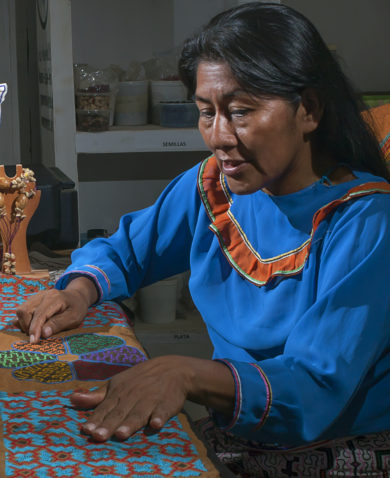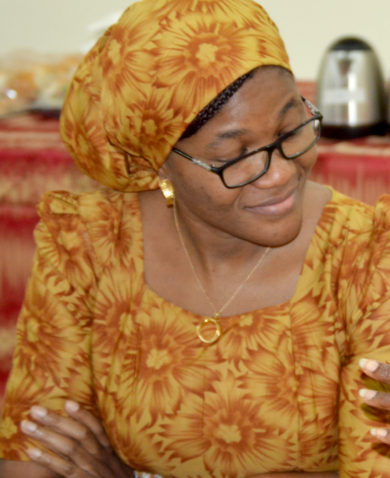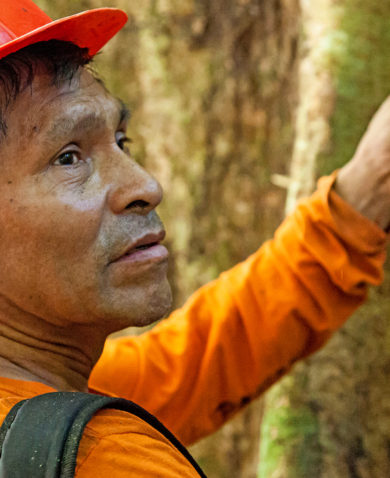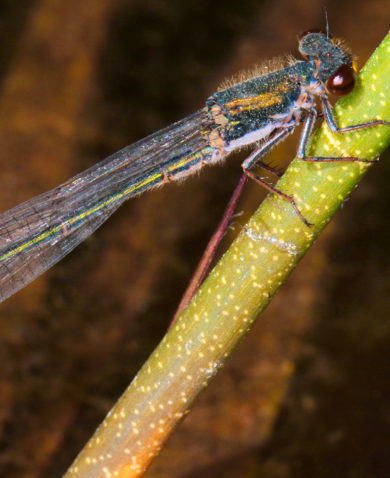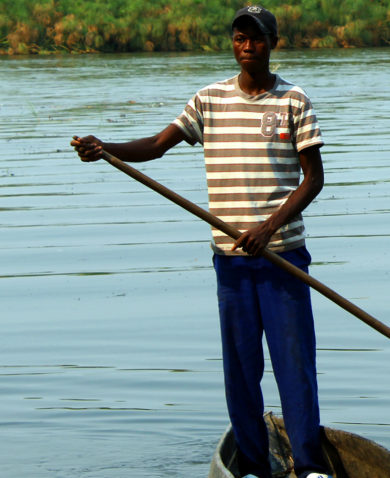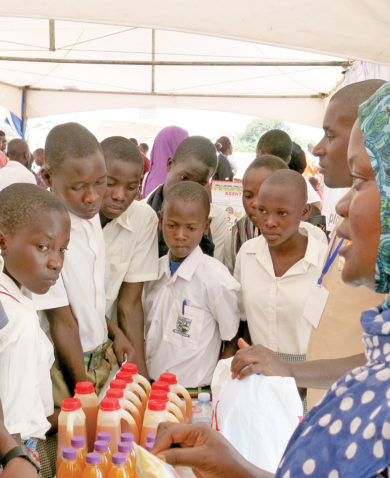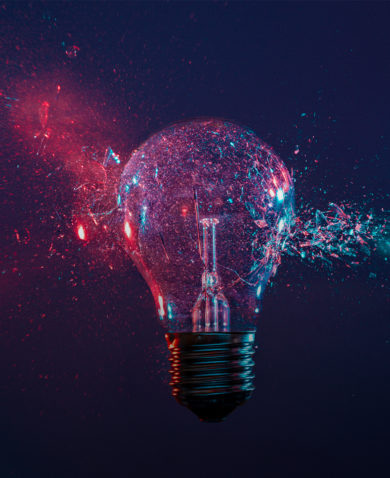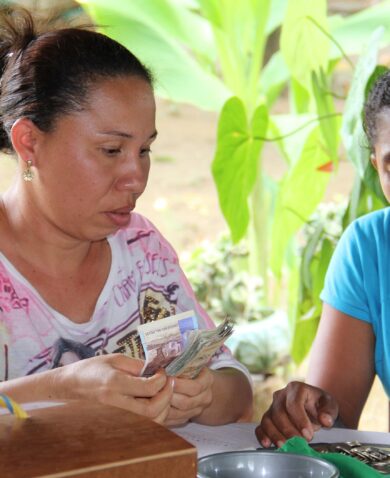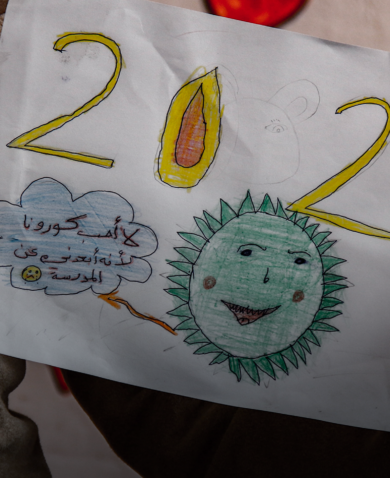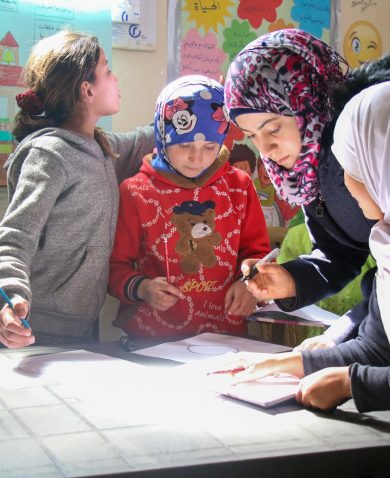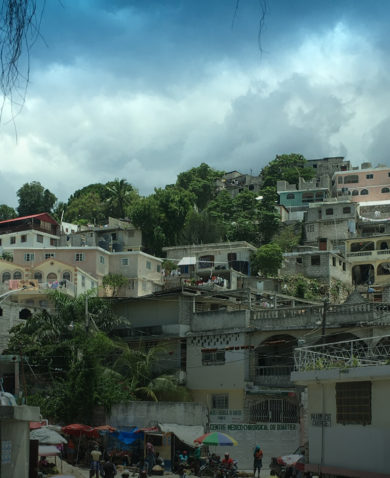
How to Fail to Succeed
February 4, 2020 | 4 Minute ReadHow can we improve development efforts in environmental and natural resources and other sectors by more intentionally sharing and learning from our failures? Michael Brown explores the importance of creating a culture of reflecting on failures to address urgent conservation needs.
“Failure is strength. The most effective and innovative organizations are those that are willing to speak openly about their failures because the only truly ‘bad’ failure is one that’s repeated.” —Engineers without Borders, USAID Learning Lab
No one wants to fail. And fewer wish to own up to it.
Understanding the causes of failure is fundamental to improving development practice and programming in environment and natural resources (ENR) and other sectors. ENR projects in particular operate in highly complex environments in which assumptions and theories of change must account for how people affect biophysical systems. In ENR, specifically biodiversity conservation, experts and practitioners have suggested that the natural world, local peoples, and the conservation community writ large have borne real costs by a systematic attempt to not learn from failure. A recent global assessment on biodiversity and ecosystem services concluded that “much of nature has already been lost, and what remains is continuing to decline, with as little as 13% of the ocean and 23% of the lands still classified as “wilderness,” with these areas tending to be remote and unproductive.
Said otherwise, the strategies for conserving biodiversity continue to underperform. Chemonics’ Conservation Solutions Lab work with Arizona State University and a broadening coalition of partners confirms this notion, with emphasis on ineffectual approaches to involve people in conservation. So yes, if we cannot openly discuss what has or has not failed, how are we to flip this discouraging narrative to achieve measurable, sustainable conservation impacts?
Of course, before we answer that question, it’s important to note how difficult it is to learn from failure in the development sector, because as research shows, reports of failed project experiences are rare and lack standardization. Where failure is reported, it inevitably relates to the human dimensions of project failure, such as stakeholder relationships, with communities often unaware of, involved in, and supportive of a given conservation project, a fact that Wildlife Conservation Society (WCS) and the Failure Factors Initiative (FFI) has recently built on.
For example, before I arrived at Chemonics, I participated in USAID’s Private Voluntary Organizations-Non-Governmental Organizations/Natural Resource Management Support Project (PVO-NGO/NRMS) assessment of six years of capacity building in NRM across sub-Saharan Africa. In one presumed-to-be highly successful grant that funded passion fruit tree plantations that increased incomes for rural women in a number of Ugandan villages, we learned during the ex-post analysis that a natural forest had been cleared to plant the passion fruit and that two women had died from snake bites in the process. While many women, as planned, had been trained in financial management and accounting, project design, and sustainable agriculture techniques, leading to well-publicized local success at the level of women’s cooperative enterprise, the conservation project had generated the opposite outcome from that intended: the clearing of a natural forest patch and two deaths.
The lesson here is that failure to examine assumptions — such as assuming that only basic capacity building is needed –– without holistically addressing feasibility issues doesn’t work. Capacity building is much tougher than meets the eye, as even seemingly “simple” projects can embody complex factors that if simplistically addressed can undermine original goals. In this case, the desired balance between conservation and women’s enterprise development was forsaken. USAID documented this and other lessons in that project, but it’s unclear how fully lessons are systematically assimilated into capacity development programs in the environment sector. What might the ENR landscape look like today had there been a stronger culture of reflection on identifying and collectively understanding failure among the community of practitioners and donors?
With that in mind, what may be the solutions or next steps to ensure the development industry welcomes a culture in which failure can be just as informative to our work as success?
Understand why failures aren’t typically explored as a space for learning. In a 2016 blog post, DFID’s Peter Vowles asked why it’s hard to find failure in development programming, suggesting multiple causes: lack of data and feedback loops; revision of performance metrics creating the sense that projects never fail; a focus on activity-level outputs versus actual long-term outcomes; risk avoidance; and fear of discussing failure for obvious professional and business case reasons. Implementers may need to rethink the kinds of data we collect and how we collect it. Donors might consider how they may unwittingly contribute to burying failure by not systematizing learning and adapting programming thereof. This would hopefully lead to donors and implementers working together, co-creating perhaps to shift their approach to developing, monitoring, and reporting on project progress.
Reimagine incentive structures. As implementing partners know, incentive structures may penalize a project’s failure to achieve results framework targets in low CPAR scores instead of rewarding analysis of failure so that it is not repeated in the future. Incentive structures also may stifle innovation — key to not repeating past failures in an approach. Additionally, when donor demands and rewards for success stories far exceed lessons learned from failure, we see the results: as studies have shown, almost no projects report on failure, and in turn, collaborative learning and adaptation suffers, and sub-optimal approaches are repeated as “best practice.”
Determine if best practices really are best. Moving forward, it would be wonderful to rethink our criteria for success in the ENR space. Failure should not be devalued if it leads to crucial learning! While we all want to highlight success stories, many of these may be about learning from failure if they stimulate innovation in approaches and tools. Simply assuming that prevailing “best practice” in the ENR space is “best,” when it may just be “what is there,” undermines learning and innovation and is a barrier to achieving sustainability. We can do better.
Lean into co-creation. USAID recently presented on co-creation and its many possible forms at Chemonics. Development implementers have an opportunity to take USAID up on its offer to work with us on co-creation as one approach to mitigate against future failure. For that to work, the elevation of shared learning between implementing partners, donors, and key local stakeholders will require systematization, as diverse learning communities will enable well-calculated risk taking on an iterative basis building on evolving theories of change. Learning from co-creation experiences in biodiversity conservation, even if they fail, will be key to getting out of the downward spiral that the global assessment I mentioned above most uncomfortably reminds us of.
If donors and implementing partners work together in coalitions around “wicked” development challenges to demystify them, develop strong theories of change, and learn from both success and failure, this can form the basis for a new development paradigm in environment projects and in other sectors. Chemonics’ ENR Practice will be happy to work with its fellow practitioners across the development community to help promote this culture of shared learning moving forward.
Posts on the blog represent the views of the authors and do not necessarily represent the views of Chemonics.







